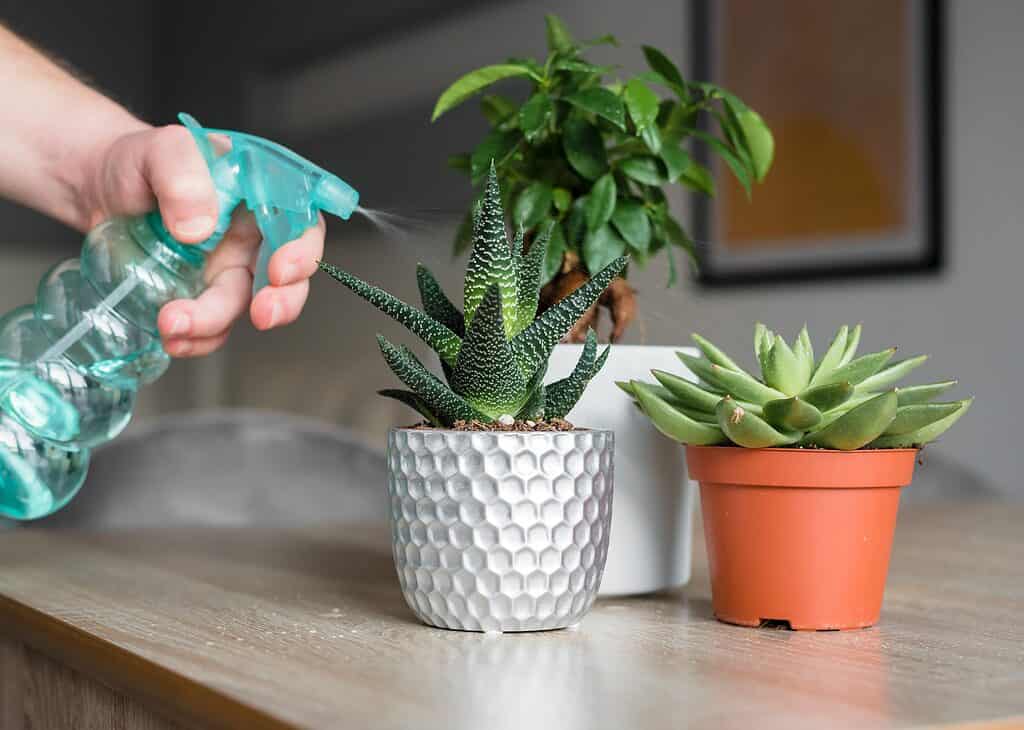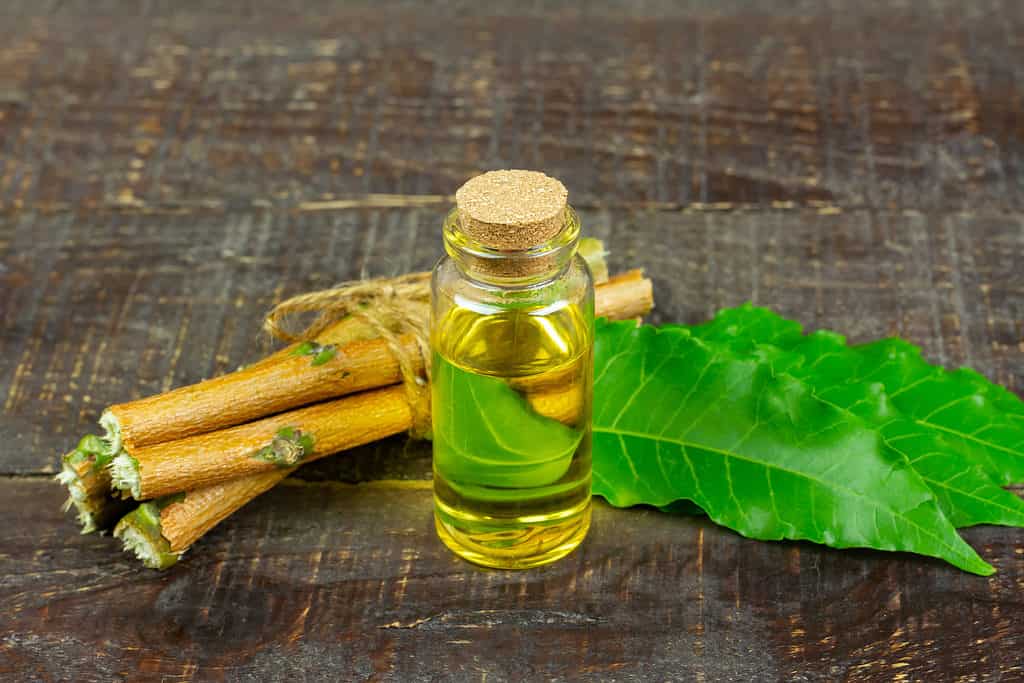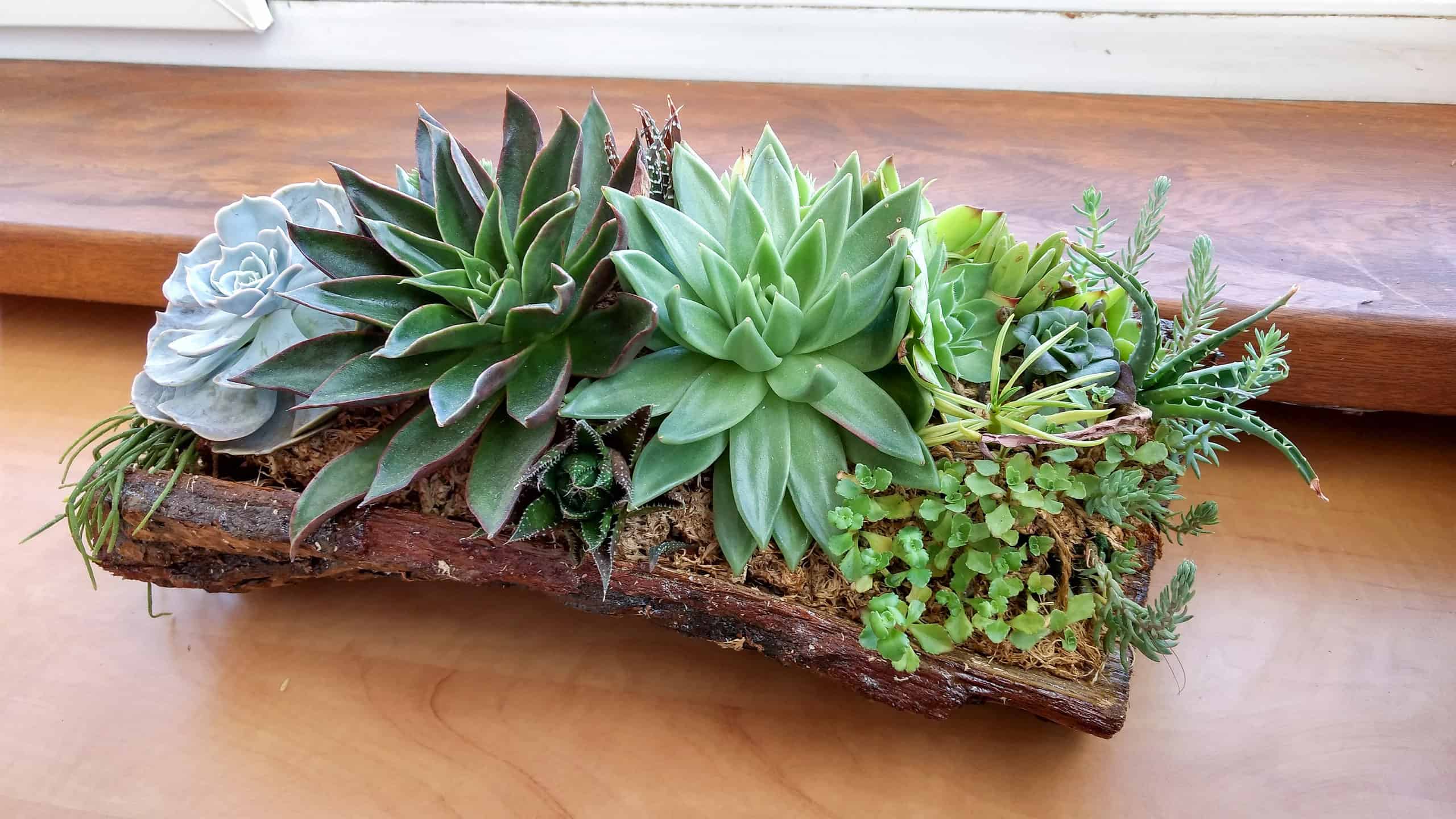As the days get shorter and the temperatures drop, many plants approach their dormant period — succulents are no exception. This makes the fall the perfect time to start adjusting your plant care routine and prepare your succulents for winter.
Here are some of the best practices for succulent care in the fall.
Succulent Care in Fall: Repot if Needed
Spring is the best time to repot a succulent. However, if your plant has experienced tremendous growth over the summer, it may need a larger pot.
Repotting a succulent during the winter can shock the plant during its dormant period and cause harm. Instead, consider repotting your succulent during the fall before it enters dormancy.
Some common signs you should repot your succulent include:
- Roots extending beyond the pot – if the roots are creeping out of the bottom or reaching the sides, it’s time for an upgrade. A lack of sunlight often causes legginess or stretching. However, it can also signify becoming root bound in small pots after the growth period.
- Discoloration – this indicates an issue with the succulent. Cleaning away the soil and repotting it in a fresh pot could help correct the issue before the winter.
- Time – if your succulent hasn’t been repotted in two years, it’s time for fresh, nutrient-rich soil.
If your succulent doesn’t exhibit any of the signs listed above, delay the repotting until the spring.

Succulents are great beginner plants because they are resilient and low maintenance.
©Julia Karo/Shutterstock.com
Monitor the Temperature
The temperature will start to drop during the fall. If the temperature drops too fast or your succulent is exposed to the cold, the shock could kill it.
Ensure your succulents are set away from drafty windows. While the sunny window ledge may have been ideal during the summer, undetected drafts could pose a problem in the fall.
If you’ve placed your potted succulents outside for the summer, consider taking them in at night.
It’s also important to be aware of the succulent’s placement within your home. If you’re turning on the heat source, avoid placing your succulents too close to vents or heaters. The temperature fluctuation could shock them.
Humidity is also a concern during the fall. In some climates, the fall is more humid than the summer (especially in regions with hurricane season). Excess humidity can waterlog succulents and lead to root rot or fungal growth.
Conversely, using a dry heat source like forced air could draw too much moisture from the air. Consider monitoring your indoor humidity levels and ensuring the space around your succulents is between 40-50%.
Start Reducing Watering Frequency
As winter approaches, succulents prepare for their dormant period. During this phase, they utilize less energy and deprioritize growth. This means your succulents will require less water to survive.
It’s best to decrease the watering frequency gradually. Start adding a few days between waterings, checking the top inch of the soil to ensure it’s dried completely before adding more. Depending on the type of succulent, the schedule should extend to about three weeks between waterings in the winter.
Succulents like Sedum, Aeonium, and Sansevieria experience a summer dormancy and may require more water during the fall. Check their soil once weekly to avoid underwatering during the growth period.
As a rule, it’s better to underwater plants to phase into dormancy than to overwater them.

It’s best to gradually decrease the watering frequency of succulents as winter approaches.
©Ilina Yuliia/Shutterstock.com
Monitor Light Exposure
You’ll also need to monitor light exposure as the days get shorter. While dormant succulents require less lighting than active succulents, they still need sunlight to survive.
Consider moving your succulents to an East or South-facing window to get more sun exposure in the fall. Monitor your succulents for signs of stretching or other indicators that they need more light.
It’s worth turning on a grow light during the late fall for a few hours in the evening.
Put Frost Protection in Place
Succulents don’t like temperatures under 60°F (16°C). However, some cold-hardy varieties can survive outside in warmer winter climates that still experience frost.
If your area is prone to frost, protect your succulents with burlap. It’s best to be proactive and get this done before the first overnight frost surprises you and kills your succulents.
Be Mindful of Pests
Pests of all shapes and sizes tend to look for a warm place to stay during the fall. While you’re combatting mice or flies, your plants may be fighting with mealy bugs, scale insects, and spider mites.
Set aside some time each week to look for signs of pests on your bugs. Typically, you can wipe these off with warm water and dish soap. If left undetected into the winter, you may need to resort to pesticides to save your plant. It’s better to be proactive when your succulents are at stake.

Neem oil is quite effective in ridding succulents of pests.
©iStock.com/Ninetechno
Thank you for reading! Have some feedback for us? Contact the AZ Animals editorial team.








